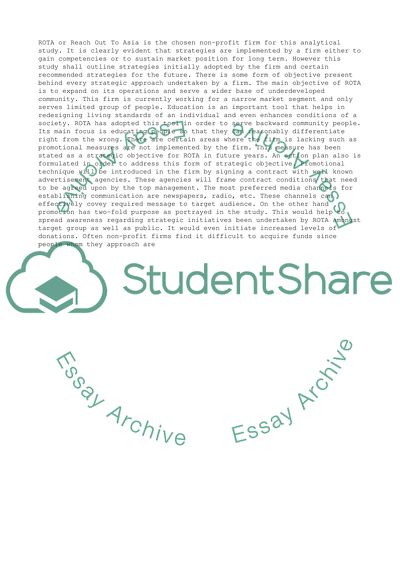Cite this document
(Strategic Management Term Paper Example | Topics and Well Written Essays - 5000 words, n.d.)
Strategic Management Term Paper Example | Topics and Well Written Essays - 5000 words. https://studentshare.org/management/1850810-strategic-management
Strategic Management Term Paper Example | Topics and Well Written Essays - 5000 words. https://studentshare.org/management/1850810-strategic-management
(Strategic Management Term Paper Example | Topics and Well Written Essays - 5000 Words)
Strategic Management Term Paper Example | Topics and Well Written Essays - 5000 Words. https://studentshare.org/management/1850810-strategic-management.
Strategic Management Term Paper Example | Topics and Well Written Essays - 5000 Words. https://studentshare.org/management/1850810-strategic-management.
“Strategic Management Term Paper Example | Topics and Well Written Essays - 5000 Words”. https://studentshare.org/management/1850810-strategic-management.


